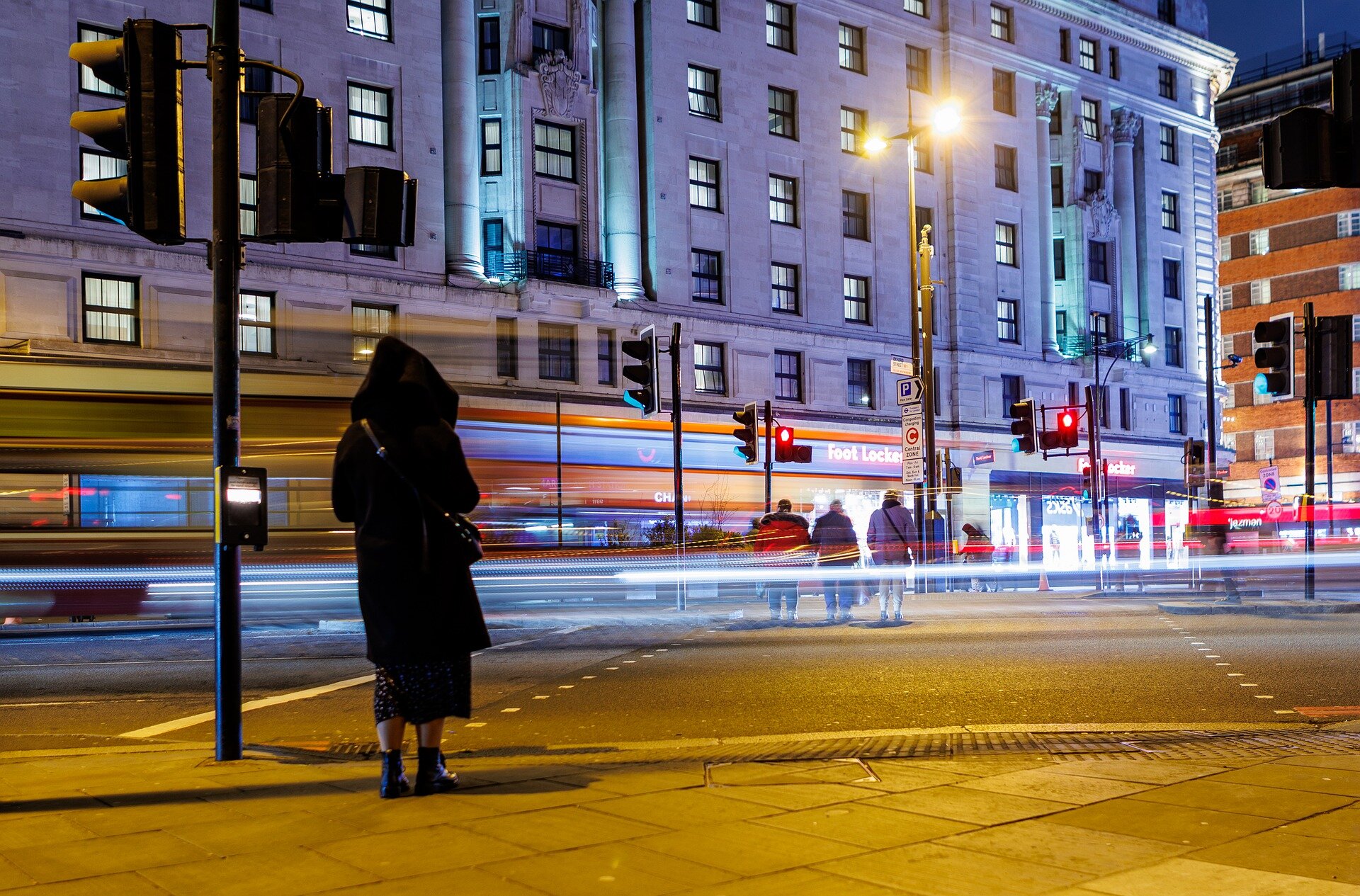Credit: Pixabay/CC0 public domain
In some places in the world the lights never go out. Street lighting, roadway lighting and neon signs can deter crime, make roads safer and improve landscaping. However, undisturbed light has consequences for the environment, behavior and health.
In the US, some states have introduced legislation to reduce light pollution; However, in many parts of the country, light levels remain high at night. Now researchers there have examined the correlations between nighttime outside light pollution and Alzheimer’s disease (AD).
“We show that in the US there is a positive association between AD prevalence and light exposure at night, especially in people under 65 years of age,” said the study’s first author, Dr. Robin Voigt-Zuwala, associate professor. at Rush University Medical Center. “Nighttime light pollution – a modifiable environmental factor – may be an important risk factor for AD.”
The work appears in Frontiers in neuroscience.
High intensity, high risk
The researchers studied light pollution maps of the lower 48 US states and included in their analysis medical data on variables known or believed to be risk factors for AD. They generated nighttime intensity data for each state and divided them into five groups, from lowest to highest nighttime light intensity.
Their results showed that in people aged 65 years and older, AD prevalence was more strongly correlated with nighttime light pollution than some other disease factors, including alcohol abuse, chronic kidney disease, depression and obesity. Other risk factors, such as diabetes, high blood pressure and stroke, were more strongly associated with AD than light pollution.
For people under 65, however, the researchers found that higher nighttime light intensity was associated with greater AD prevalence than any other risk factor examined in the study. This could indicate that younger people may be particularly sensitive to the effects of light exposure at night, the researchers said.
It is unclear why younger people might be more vulnerable, but it could be due to individual differences in light sensitivity. “Certain genotypes, which influence early AD, influence the response to biological stressors that could be responsible for the increased vulnerability to the effects of nocturnal light exposure,” Voigt-Zuwala explains. “Additionally, younger people are more likely to live in urban areas and have lifestyles that can increase light exposure at night.”
Curtains and masks
The researchers hope their findings can help inform people about the potential risks of light at night. “Awareness of the association should allow people – especially those with risk factors for AD – to easily make lifestyle changes,” Voigt-Zuwala said. “Easy to make changes include using blackout curtains or sleeping with eye masks. This is especially helpful for people living in areas with high levels of light pollution.”
Furthermore, indoor light exposure can be just as important as outdoor light exposure. Although the researchers did not examine the effects of indoor light in the current study, they said that blue light has the greatest impact on sleep, and that using blue light filters, switching to warm light and installing dimmers in the home can reduce exposure to could effectively reduce light. .
The researchers pointed out that their results are based on a subset of the US population, and that people may not live in areas with high light pollution all their lives – both of which could affect individual outcomes. They also said further research is needed to better understand how light at night affects AD.
More information:
Robin M. Voigt et al., Nighttime exposure to outdoor light (light pollution) is associated with Alzheimer’s disease, Frontiers in neuroscience (2024). DOI: 10.3389/fnins.2024.1378498
Quote: Excessive light pollution may increase the risk of Alzheimer’s disease, especially in younger people (2024, September 6) Retrieved on September 6, 2024 from https://medicalxpress.com/news/2024-09-excessive-pollution-alzheimer-younger -people.html
This document is copyrighted. Except for fair dealing purposes for the purpose of private study or research, no part may be reproduced without written permission. The content is provided for informational purposes only.





















